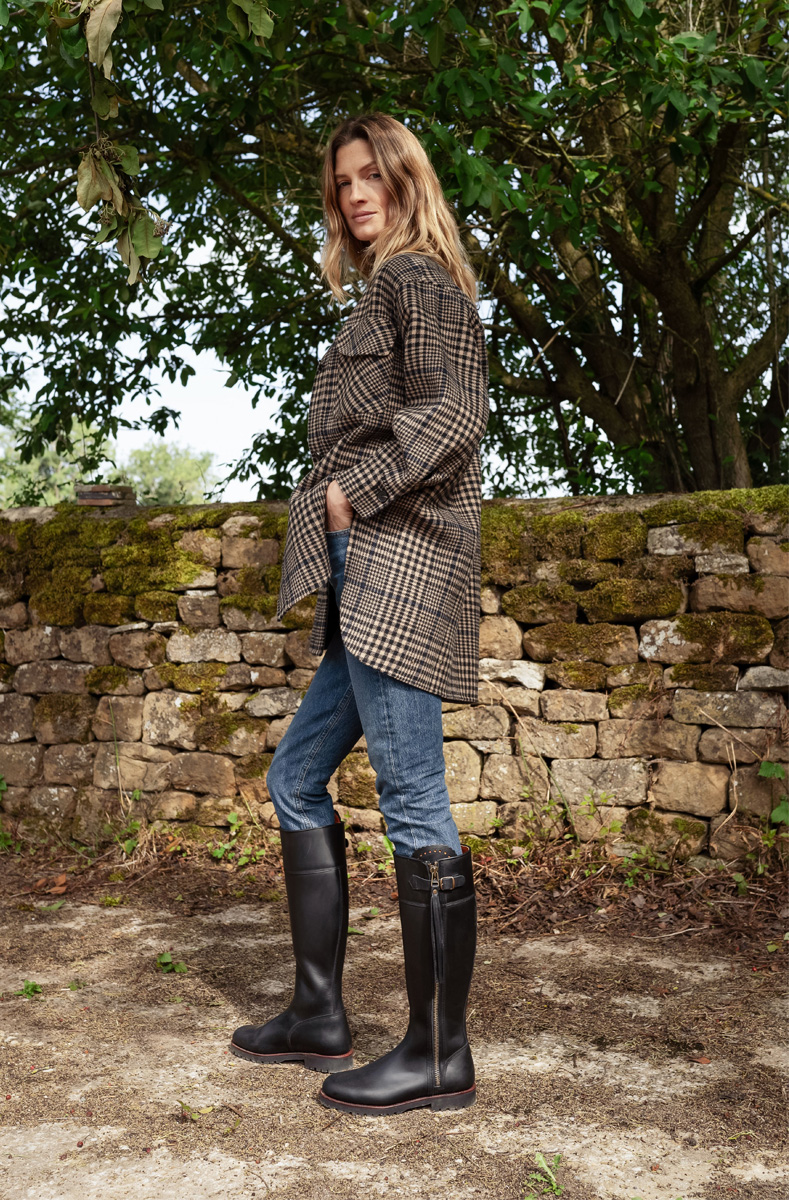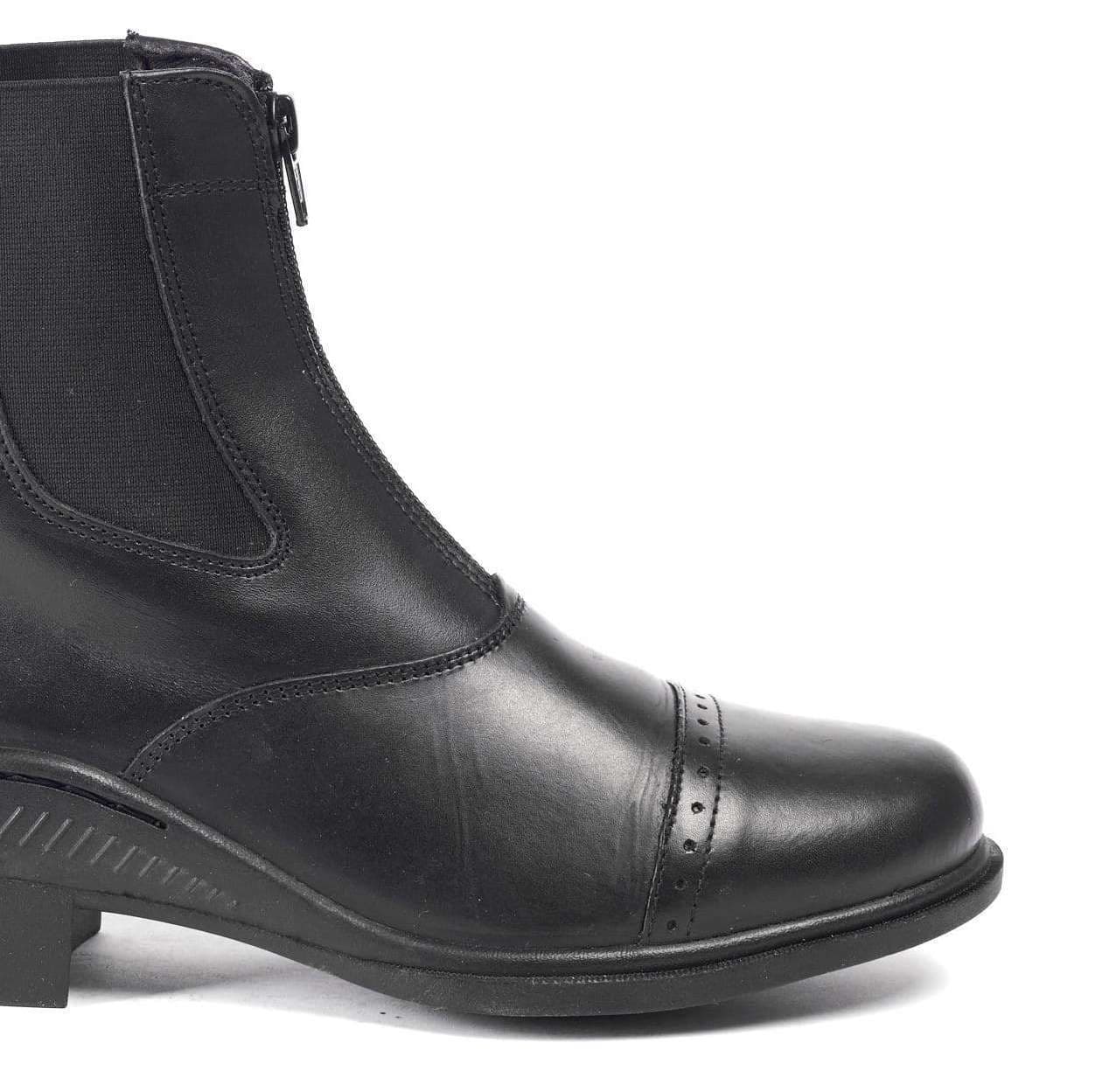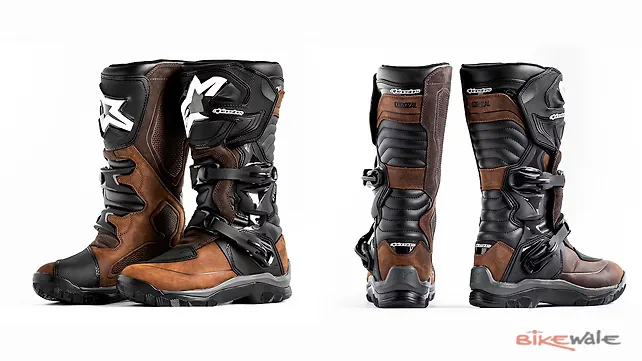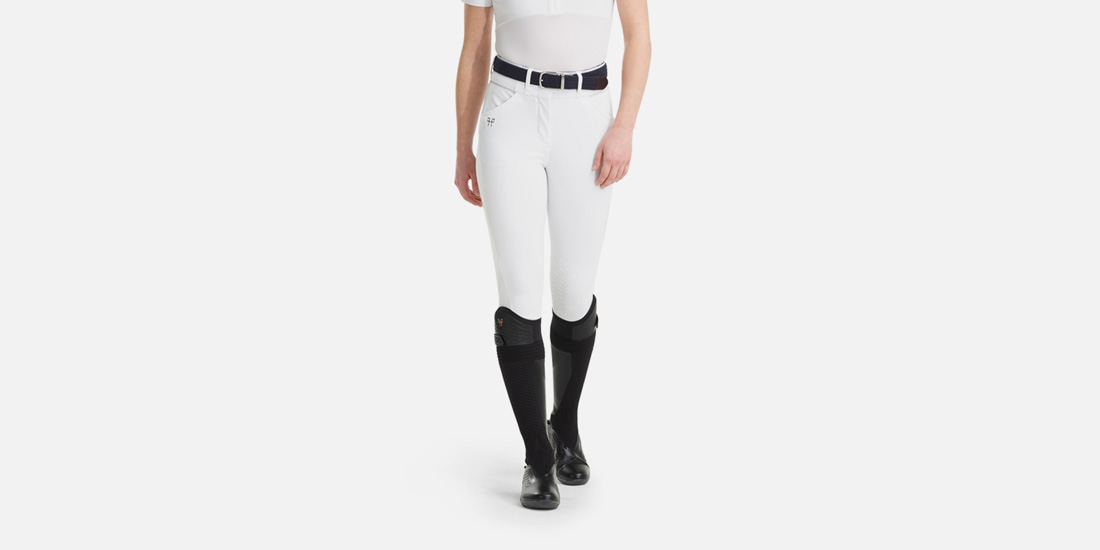Choosing the Right Riding Boots: A Comprehensive Guide

Selecting the perfect riding boots is essential for comfort, safety, and performance whether you’re a beginner or an experienced equestrian. This guide will walk you through the key factors to consider, types of riding boots, and tips to make an informed choice.
Why Choosing the Right Riding Boots Matters

Riding boots are not just a fashion statement; they play a crucial role in protecting your feet and legs, providing grip and stability, and ensuring comfort during long hours in the saddle. Ill-fitting or inappropriate boots can lead to discomfort, blisters, or even accidents.
Types of Riding Boots

| Boot Type | Description | Best For |
|---|---|---|
| Tall Boots | Extend up to the knee, offering leg protection and support. Often used in dressage and show jumping. | Dressage, Show Jumping, Formal Riding |
| Paddock Boots | Ankle-length boots, versatile and comfortable, often paired with half chaps. | Everyday riding, Trail riding, Beginners |
| Western Boots | Characterized by a distinct heel and pointed toe, designed for Western riding styles. | Western riding, Ranch work |
Key Features to Consider
- Fit and Comfort: Boots should fit snugly but not too tight. Consider trying them on with the socks you plan to wear while riding.
- Material: Leather is traditional and durable, but synthetic options offer waterproofing and easier maintenance.
- Sole: Look for a sole with a slight heel to prevent your foot from slipping through the stirrup.
- Closure Type: Zippers, laces, or pull-on styles each have pros and cons related to ease of use and fit.
- Safety: Ensure the boots have a smooth sole and a heel to reduce the risk of getting caught in the stirrup.
How to Choose the Right Riding Boots
- Assess Your Riding Style: Different disciplines require different boot features.
- Set a Budget: Quality boots are an investment; consider durability and comfort.
- Try Multiple Pairs: Fit varies by brand and style.
- Consider Climate: Waterproof boots are essential for wet conditions.
- Check for Safety Features: Non-slip soles and proper heel height are critical.
Maintenance Tips
- Clean your boots regularly with appropriate cleaners.
- Condition leather boots to keep them supple.
- Store boots in a cool, dry place.
- Replace worn soles or heels promptly.
Frequently Asked Questions (FAQ)
Q1: Can I use paddock boots for formal riding events?
A1: Paddock boots are generally more casual and suited for everyday riding. For formal events, tall boots are preferred.
Q2: Are synthetic boots as durable as leather?
A2: Synthetic boots can be durable and easier to maintain but may not offer the same breathability and longevity as high-quality leather.
Q3: How do I know if my boots fit correctly?
A3: Your boots should feel snug without pinching, and you should be able to wiggle your toes slightly. Walking and riding in them before purchase is ideal.
Choosing the right riding boots enhances your riding experience by combining safety, comfort, and style. Take the time to research and try on different options to find the perfect pair for your needs.
